But instead of an internship, consider taking on a different kind of summer job – one at camp.
If you are unsure whether that is the right choice for you, here are three reasons you should take a summer job at camp.
1. At camp, you are responsible for more than just yourself.
When you work at camp, you get to work as a mentor, role model and hero to children ages 6-15. Your campers’ parents are not there, so you must act in a parent-like role for a group of children who will rely on you for almost everything during the time they are there. You are there to ensure that your campers are happy, have their individual needs met and have the time of their life. You’ll also be a part of the staff team and will be encouraged to give of yourself to your group and to the camp staff team more than you ever thought possible. At camp, the more you invest yourself in everything you do, the more you will get out of the experience.
2. You get to work in an inspirational environment.
At an internship, you may spend more time in front of a copier or coffee machine than developing valuable skills that will truly prepare you for the workplace. That will not happen if you work at camp. Instead, you will hone your leadership, communication, and problem-solving skills, all in a beautiful setting. You will manage yourself and the campers under your care. You will get to try new things and push yourself out of your comfort zone.
3. You can develop professional skills to take with you throughout your career.
The Partnership for 21st Century Learning (P21) emphasizes the following essential life and career skills: flexibility and adaptability; initiative and self-direction; social and cross-cultural skills; productivity and accountability; and leadership and responsibility.
A job at camp will help you develop these skills – and so many more. You will learn flexibility and adaptability, as you work with a variety of people ranging from children to camp directors. You will show initiative and problem-solving when any unexpected circumstances arise. You will be exposed to a multi-cultural community of both campers and counselors and understand what it means to build a caring, supportive community. You will demonstrate accountability as you work to keep children safe and happy. But more than all of this, you will gain a sense of self-fulfillment as you see your campers try new activities, reach their goals, and grow in confidence.
It’s exciting to watch camp staffers become inspired to work professionally with children and youth as social workers, teachers, outdoor educators, psychologists, and clergy. Work at summer camp prepares you for a myriad of careers. I have had the pleasure of working with camp staffers who have gone on to work in the White House, in medicine, in academia, as movie producers, as entrepreneurs, and more. Working at camp expands your career possibilities far more than you might imagine.
Throughout my career, I have had the opportunity to meet with a variety of professionals, ranging from business to the nonprofit sector, education to religion. The common thread of those conversations, more often than not, is camp. And, to be honest, I’m not surprised. The skills developed and the experiences gained through a job at camp are universally in demand, regardless of your ultimate career path. So before you hit the submit button for an internship application, consider camp. I guarantee it will be the most impactful workforce development experience of your life.
Photo courtesy of Camp Cedarbrook in the Adirondacks in Corinth, NY.




 Summer Camp! What do you think of? Fun, Excitement, New Friends, Camping, Smores? All those things happen but summer camp is more than games and friends, especially when you are a Camp Counselor.
Summer Camp! What do you think of? Fun, Excitement, New Friends, Camping, Smores? All those things happen but summer camp is more than games and friends, especially when you are a Camp Counselor.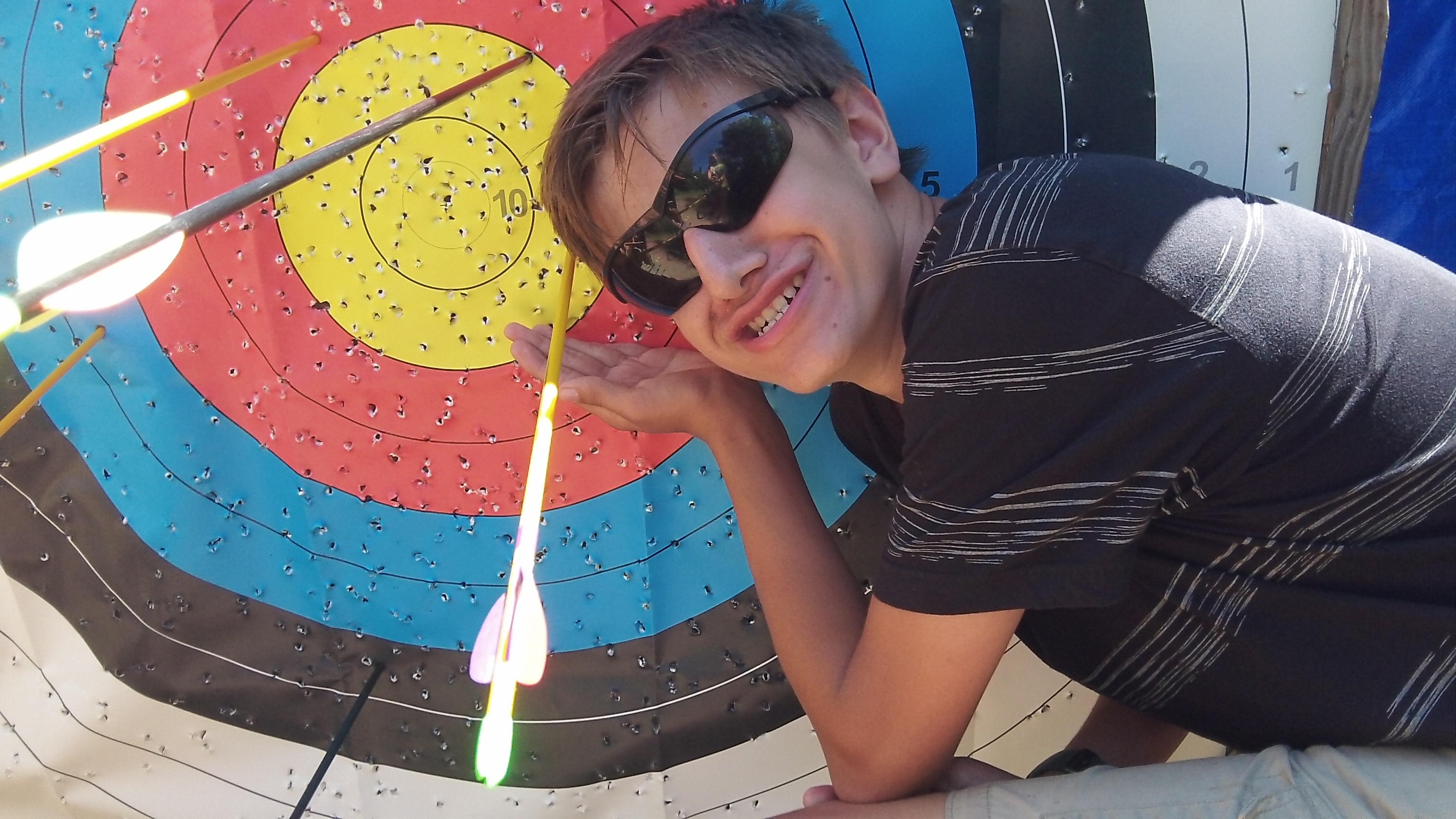 So you have done all your homework, You have been planting the seeds with your new camper. You have talked about camp, done a sleepover and looked at websites. You have even taken an assessment of your child's needs and wants, and you tried to match those with the proper summer camp. For instance our
So you have done all your homework, You have been planting the seeds with your new camper. You have talked about camp, done a sleepover and looked at websites. You have even taken an assessment of your child's needs and wants, and you tried to match those with the proper summer camp. For instance our 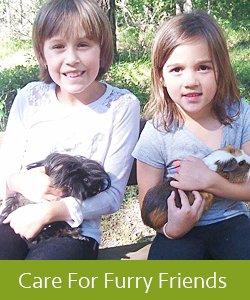
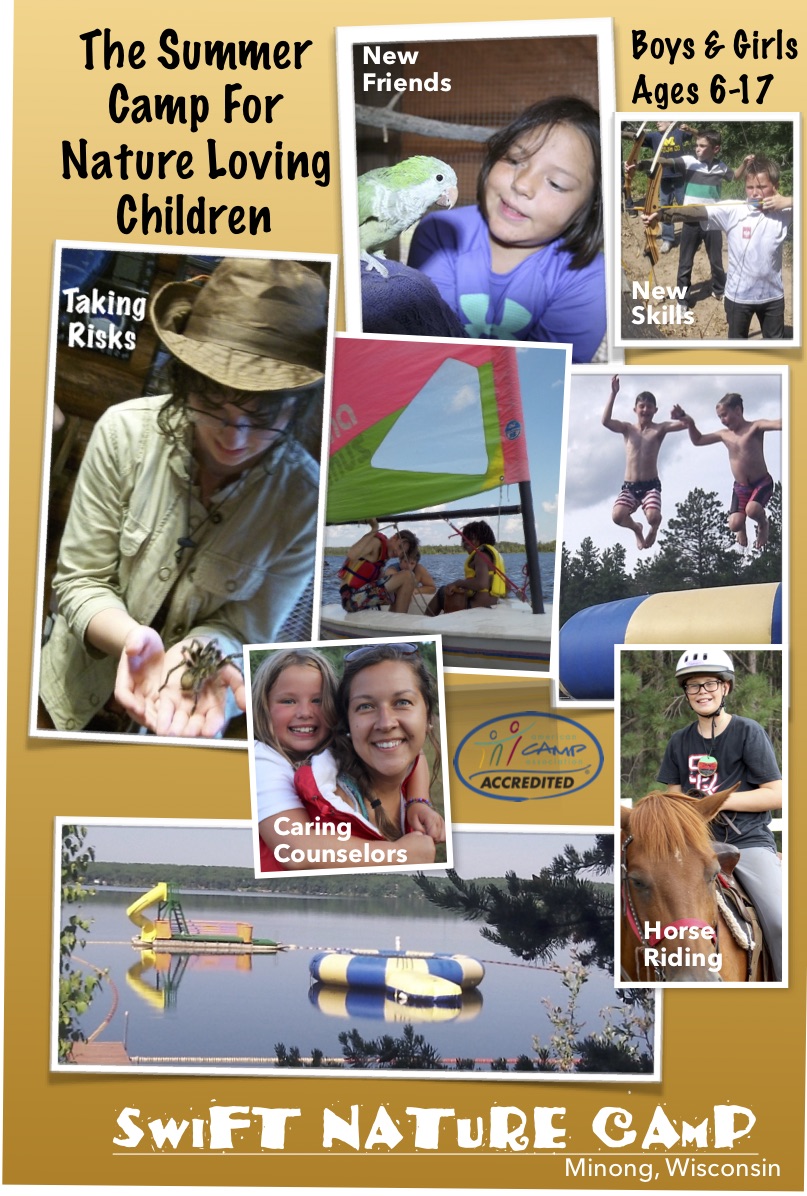
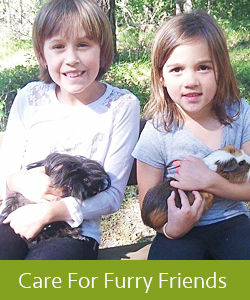
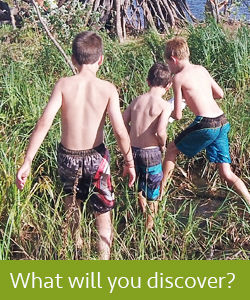
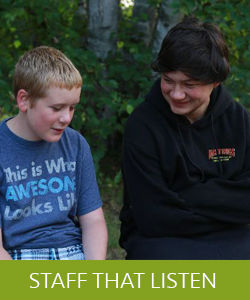
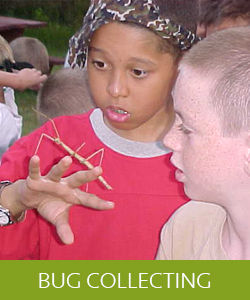 Parents & Campers,
Parents & Campers,





